Tuong Binh Hiep Village in Tuong Binh Hiep Ward, Thu Dau Mot City is mentioned in historical documents – Gia Dinh Thanh Thong Chi (Annals of the Gia Dinh Citadel) – as being well known for its use of lacquer as a decorative art more than 200 years ago. That it continues to be a popular draw for art lovers and traders from all parts of the country to this day is by itself an indicator of how strongly rooted this tradition is in the village. Tuong Binh Hiep lacquer products, which are rich in Oriental traditional artistic values, have been exported to many countries.
In the middle of the 18th century, immigrants from central Vietnam brought the craft to Dong Nai, Gia Dinh region, including Tuong Binh Hiep Village. At the beginning, there were a few households specialising in producing lacquer art or gold inlaying but the craft gradually developed and lacquer artisans of Tuong Binh Hiep Village became well-known all around the southern area.
The village’s craft has been handed down from generation to generation through training classes by some passionate artisans. The establishment of Thanh Le lacquer workshop in the 1950s marked a new phase of development of Tuong Binh Hiep Lacquer Village. Since then, a lot of talented artisans began their craft, such as Thai Van Ngon, Ngo Tu Sam, Truong Van Cang and Tran Van Nam. Some later became lecturers at Thu Dau Mot School of Applicable Arts such as Chau Van Tri, Nguyen Van Yen, and Nguyen Van Tuyen. They contributed to the development of this village. Many lacquer workshops have opened since then with increasingly diverse products to meet the tastes and demands of the market and customers. Tuong Binh Hiep lacquer brand has now gained a reputation nationwide.
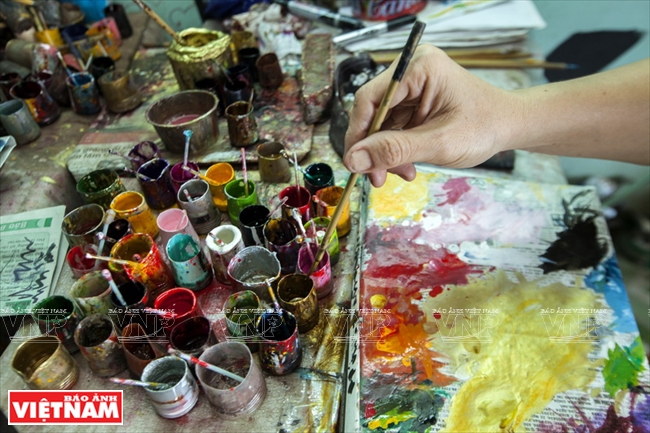
Colourful materials to make lacquer products.
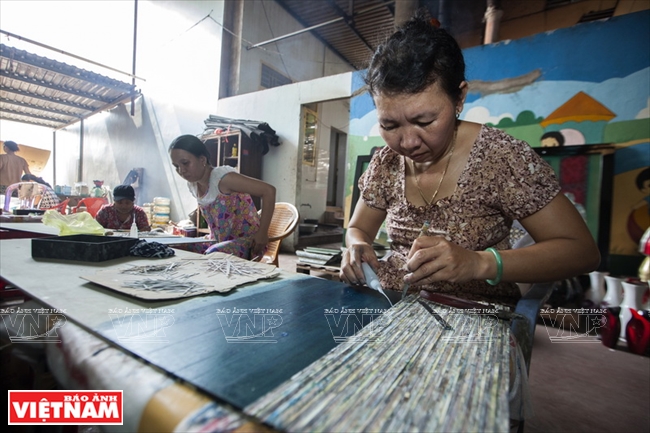
Inlaying shells on lacquer products. Photo: Thong Hai/VNP
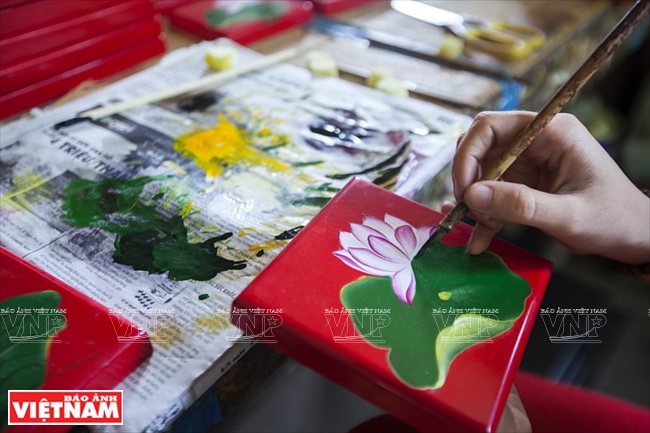
Lacquerwares produced in Tuong Binh Hiep Village have high aesthetic values.
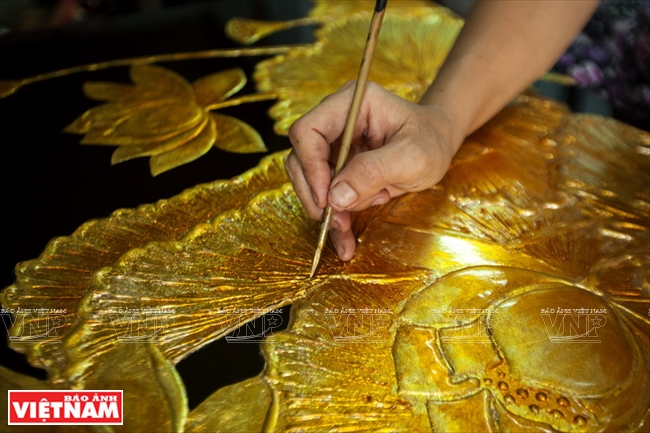
An artisan draws on lacquer products. Photo: Thong Hai/VNP
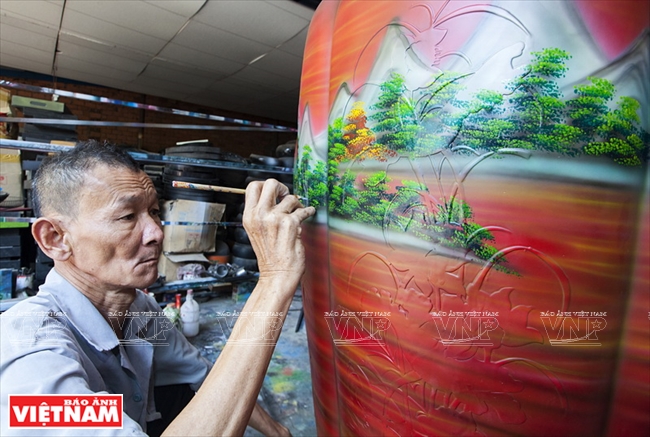
Decorating lacquer products. Photo: Thong Hai/VNP
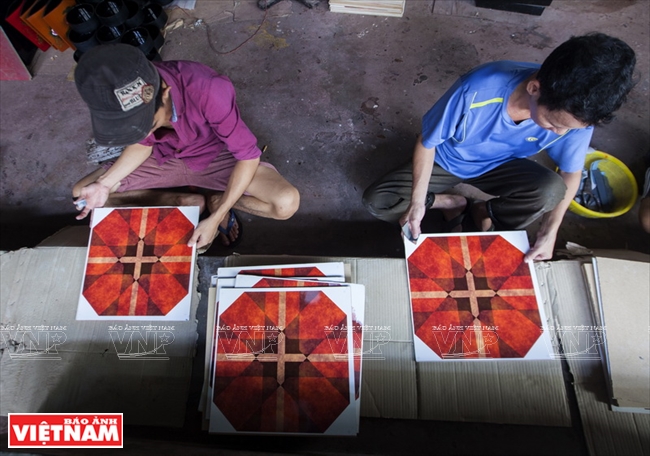
A finished lacquer product needs to go through many phases.
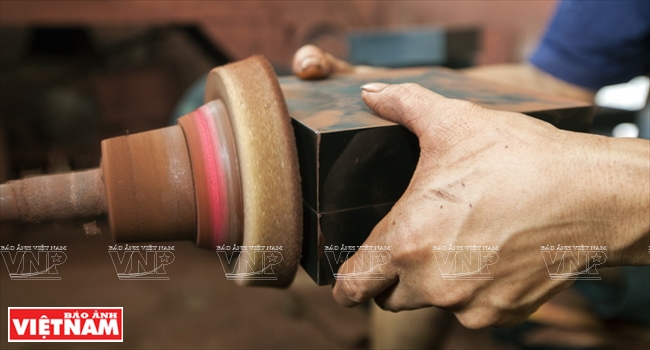
Polishing lacquerwares.
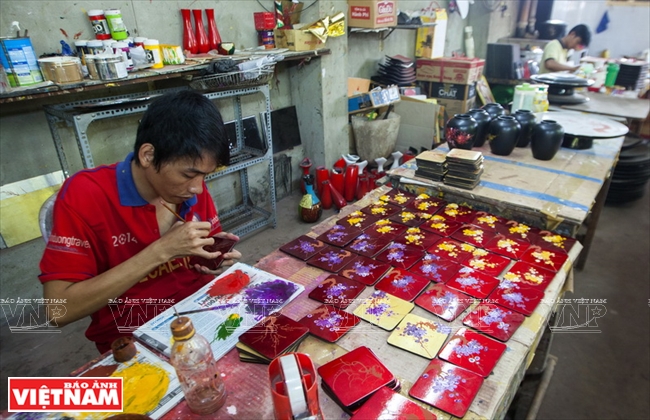
The craft in Tuong Binh Hiep Village creates jobs for residents in nearby areas.

Making lacquer product requires delicacy and meticulousness. |
The traditional lacquer used in Tuong Binh Hiep Village is a mixture of Nam Vang lacquer and Phu Tho lacquer made according to a separate formula different from those in other places. According to artisan Le Ba Linh, owner of Tu Bon lacquer workshop, the process of processing lacquer is regarded as an important phase that requires the skill and experience of the artisan.
To form a traditionally made lacquer product, artisans need to go through 25 phases. Some fundamental stages such as the first coating have to be conducted up to six times to be completed. Layering lacquer alone requires three to six months to ensure quality. This phase along with the delicacy and creativity of artisans makes lacquer products made in Tuong Binh Hiep Village have high artistic value.
Lacquer can be used to cover many materials, such as wood for furniture, chipboard for pictures and boxes, pottery, fabric or paper. Today, lacquer products with inlays made from bamboos and barks instead of traditional shells and eggshells are much accepted by domestic and foreign markets, especially selective markets like the US, France, and the Netherlands.
The traditional beauty of Tuong Binh Hiep lacquerwares has been preserved through many generations. It includes the delicacy and elegance of patterns and details. Tuong Binh Hiep lacquer products are also resilient in the European climate and are resistant to peeling, cracking or deformation.
Preserved and transferred through many generations, the traditional lacquer craft in Tuong Binh Hiep has seen fast development recently. With their values, these products are the pride of not only the village but also a cultural heritage of the nation. Besides cultural and historical sites, Tuong Binh Hiep Village is an interesting destination for visitors to Binh Duong who want to learn more about the traditional lacquer craft and buy some products as souvenirs.
Some products of Tuong Binh Hiep Lacquer Village
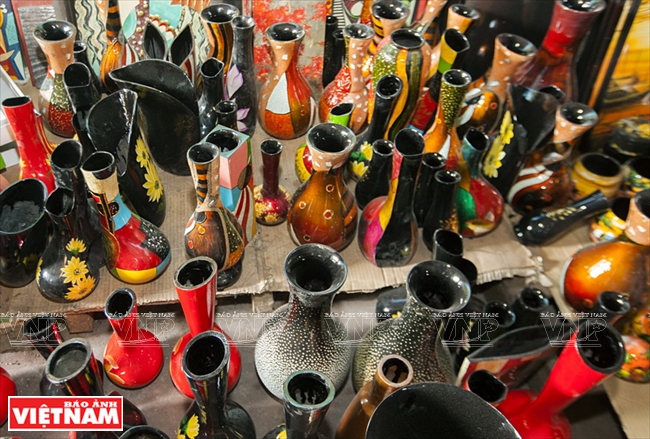
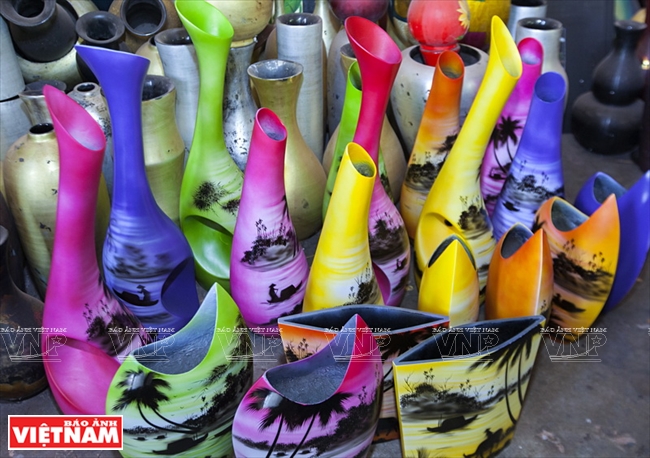


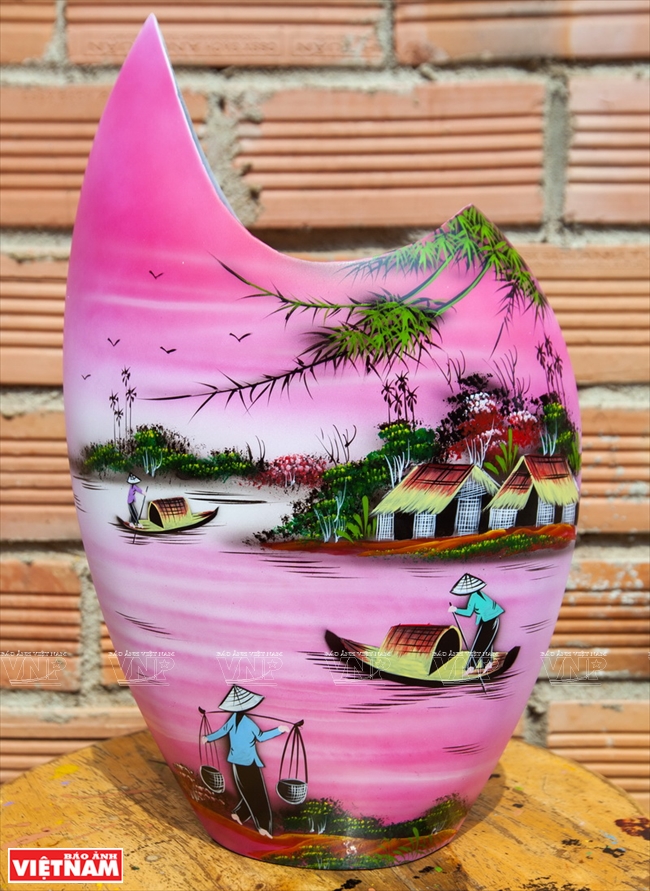
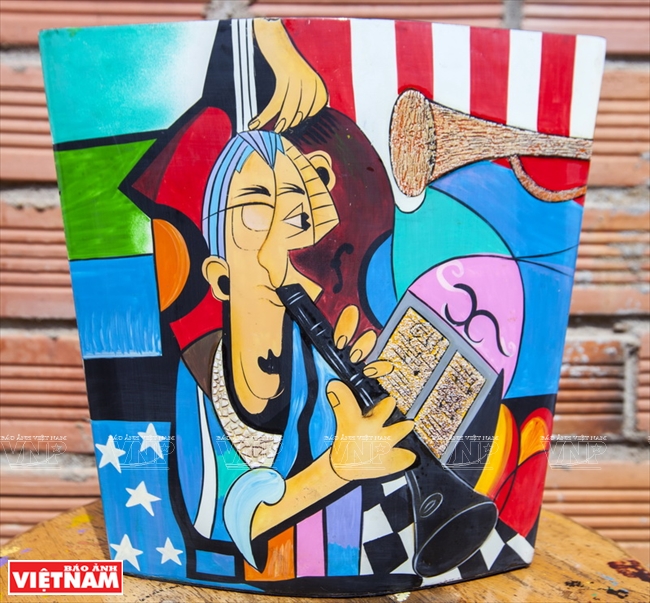 |
Story: Nguyen Vu Thanh Dat - Photos: Thong Hai